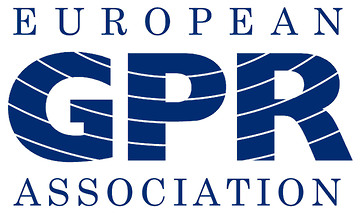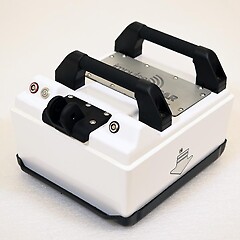Ground Penetrating Radar (GPR)
Ground Penetrating Radar (GPR) is an advanced geophysical technique used to explore subsurface structures by transmitting pulses of electromagnetic energy into the ground. These pulses, which exist in the radio frequency range (25 MHz to 10 GHz), travel through the ground and are reflected back to the surface. The GPR system records the amplitude and travel time of these reflected waves to provide detailed information about subsurface materials and structures.
GPR is highly effective for detecting objects such as cables, PVC pipes, ceramic pipes, concrete reinforcement, and voids, especially when there is a significant contrast in material properties between the target and the surrounding material. However, its effectiveness depends on the frequency of the transmitted signal. Lower frequency antennas allow for deeper penetration into the ground, but with lower resolution, while higher frequency antennas provide higher resolution and can detect smaller objects but with limited depth.
The performance of GPR systems is influenced by the wavelength of the transmitted pulse, which is determined by the velocity of the wave through the material and the material’s electrical permittivity. Ground conditions—such as soil composition, moisture content, and other subsurface factors—can significantly affect GPR’s ability to resolve targets at varying depths.
Recent advancements in GPR technology, driven by improvements in analog-to-digital converters and computing capabilities, have made GPR systems more user-friendly and sophisticated. These developments have contributed to the increased adoption and effectiveness of GPR systems across a range of applications.
To operate legally, GPR systems must adhere to specific emission standards set by regulatory bodies. In Europe, the European Commission establishes these standards, and in the UK, systems must comply with regulations overseen by Ofcom. Users can obtain a three-year license for GPR use in the UK, and other countries have similar regulatory frameworks, which can be explored further through organizations like EuroGPR.






